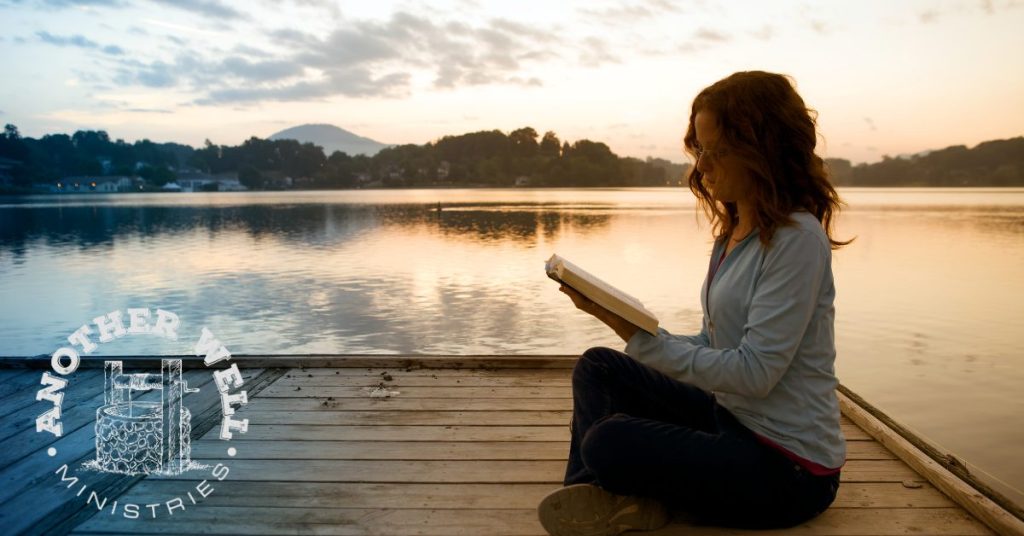For almost 50,000 years, viruses have been waiting, frozen in layers of permafrost that have thawed with the warming of Earth.
A recent study of a section of Siberian permafrost by scientists from the French National Centre for Scientific Research found 13 viruses that have survived 48,500 years, according to Canada’s Global News. That’s older than the previous oldest virus found, which was 30,000 years old.
One of the new finds has been dubbed a “zombie virus” by the New York Post.
“One quarter of the Northern hemisphere is underlain by permanently frozen ground, referred to as permafrost. Due to climate warming, irreversibly thawing permafrost is releasing organic matter frozen for up to a million years,” said an abstract of the study posted on BioRxiv, which publishes study pre-prints.
The abstract said the lack of discussion of viruses found in permafrost “wrongly suggests that such occurrences are rare and that ‘zombie viruses’ are not a public health threat.”
The study framed the need to study the viruses and bring them to life under strict laboratory conditions as necessary to address prevention should they become active and a public health threat through, for example, such activities as open-pit mining in areas of what once was permafrost.
The melting of Arctic permafrost can reactivate microbial populations with long-forgotten superpowers.
Jean-Michel Claverie explains on #FEMSmicroBlog how Arctic microbes have an enormous reservoir of antibiotic resistance genes. #FascinatingMicrobes #AMRhttps://t.co/BZB1TaztgZ
— FEMS (@FEMSmicro) April 12, 2022
“Fortunately, we can reasonably hope that an epidemic caused by a revived prehistoric pathogenic bacterium could be quickly controlled by the modern antibiotics at our disposal,” the full study said.
“The situation would be much more disastrous in the case of plant, animal, or human diseases caused by the revival of an ancient unknown virus,” it said.
The study noted the necessity of preparedness against a potential pandemic.
“As unfortunately well documented by recent (and ongoing) pandemics, each new virus, even related to known families, almost always requires the development of highly specific medical responses, such as new antivirals or vaccines,” it said.
“There is no equivalent to ‘broad spectrum antibiotics’ against viruses, because of the lack of universally conserved druggable processes across the different viral families. It is therefore legitimate to ponder the risk of ancient viral particles remaining infectious and getting back into circulation by the thawing of ancient permafrost layers,” the study said.
Call me over-cautious but I don’t think reviving a 50,000 year old zombie virus to “study” is a good idea, scientists or not.
— jacquelin (@viciousbabydoll) November 27, 2022
The study said the risk the viruses pose is unclear at the moment.
“How long these viruses could remain infectious once exposed to outdoor conditions (UV light, oxygen, heat), and how likely they will be to encounter and infect a suitable host in the interval, is yet impossible to estimate,” it said.
“But the risk is bound to increase in the context of global warming when permafrost thawing will keep accelerating, and more people will be populating the Arctic in the wake of industrial ventures.”
Concerns of “zombie” pathogens being reawakened gained traction in 2016 when a child died in an anthrax outbreak in Siberia.
The case was linked to a heatwave that melted permafrost and exposed an infected reindeer carcass.
The disease had not been seen there since 1941
— Times Science (@TimesScience) November 28, 2022
One researcher said more potential diseases are likely to be out there, waiting.
“If the authors are indeed isolating live viruses from ancient permafrost, it is likely that the even smaller, simpler mammalian viruses would also survive frozen for eons,” University of California, San Francisco virologist Eric Delwart told New Scientist, according to the Post.
The post Nearly 50,000-Year-Old ‘Zombie Virus’ with Potential to Infect Humans Discovered Frozen in Ice appeared first on The Western Journal.






